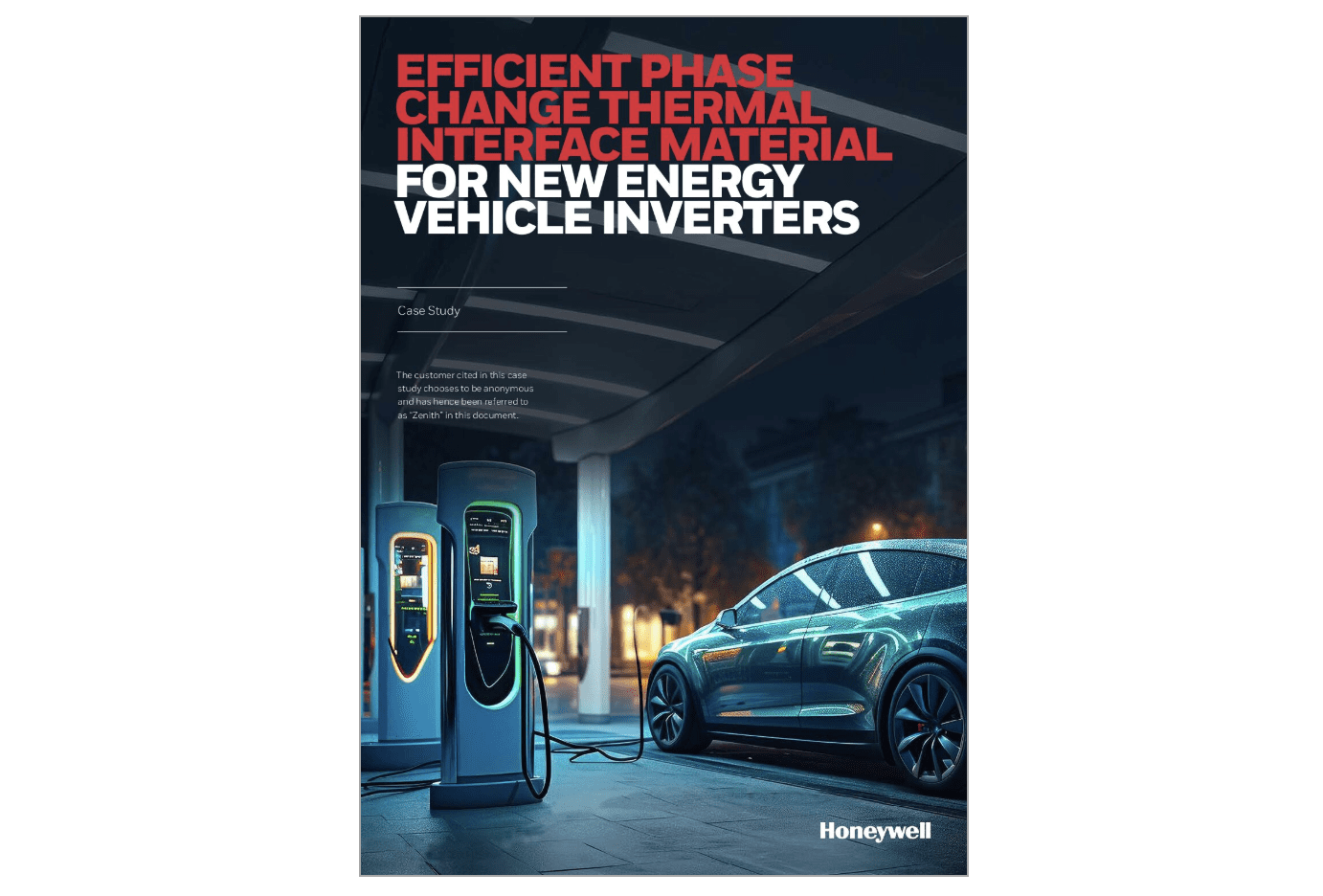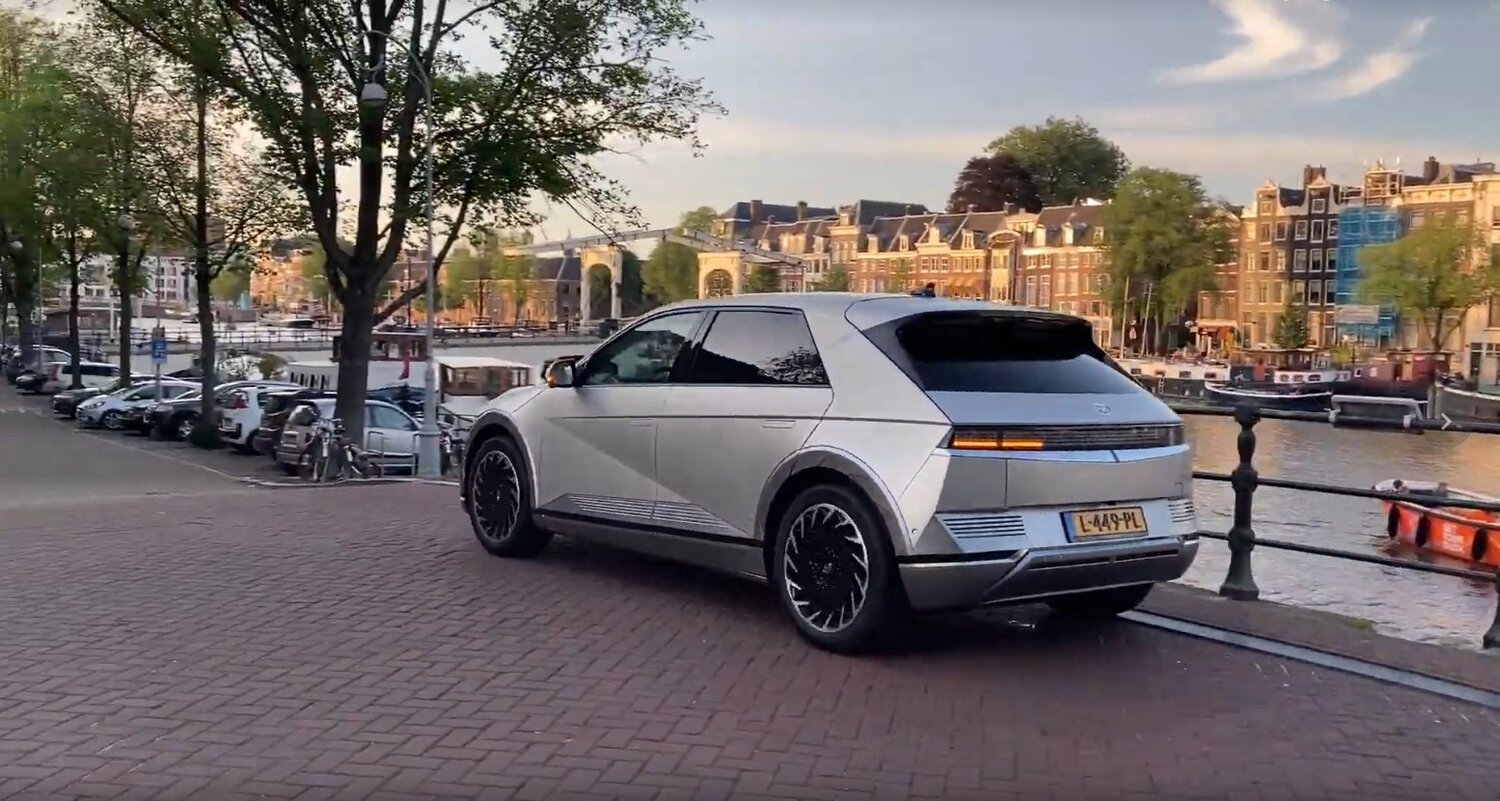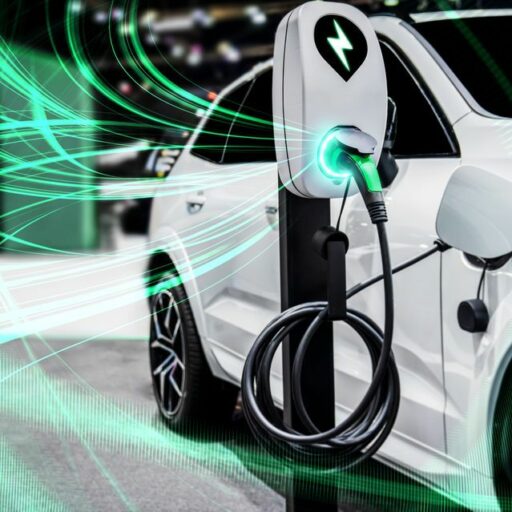Cars that wirelessly charge on the move, AI assistants to schedule in-vehicle meetings, and radar technology for advancing safety all boast the growing intelligence of automotive technologies. IDTechEx’s portfolio ofElectric Vehicles andRobotics & Autonomy Research Reports showcase the latest technologies bringing an engaging and forward-thinking future of driving into reality.
Advanced automotives. Source: IDTechEx
Invisible charging and electric energy
Hopping in and out of the car to plug in a charger soon may not be necessary with seamless and invisible charging for electric vehicles. Powerful coils fitted underground will be ready to provide energy to vehicles through powerful magnetic resonance or inductive charging. Parking up to do the shopping could mean an opportunity for the vehicle to charge without the need for a second thought from the driver, while smart grids can work alongside the intelligence of vehicles to balance the distribution of energy where needed.
Zero-emission driving will continue to be a target well into the future until all cars on the road are electric and giving the environment chance to breathe. The continuously developing Li-ion battery market explored in IDTechEx’s report, “Advanced Li-ion Batteries 2025-2035: Technologies, Players, Markets, Forecasts” showcases the latest advancements being made within the sector to create the most efficient and safest electric vehicles.
Source: IDTechEx
Happier environments with hydrogen fuel-cells and sustainable interiors
On-site electrolyzers that produce green hydrogen fuel directly from water could make access to driving emission-free much easier. Hydrogen pipelines may also become more mainstream in the future, to transport and deliver hydrogen fuel over extended distances for increased distribution. The potential range of fuel-cell vehicles of up to 1,000km could also be revolutionary in extending driving periods without the need to refuel, though one day, hydrogen canisters could be imagined instead of needing to locate a hydrogen pump.
Cleaner air to breathe in cities and a reduction in global transport emissions are two benefits of emission-free driving, while the increasing focus on sustainability with electric and fuel-cell vehicle developments presents the future of driving as being much more environmentally friendly and beneficial for the planet. IDTechEx’s report, “Fuel Cell Electric Vehicles 2025-2045: Markets, Technologies, Forecasts”, has more details.
Car seats made of mushroom and microbes could also become the latest trend in the spirit of growing sustainability, mimicking the feel, look, and quality of regular leather, while being much better for the environment. Upgrading the aesthetic of automotive interiors to enjoy long drives in could therefore be guilt-free, achieved through more earth-friendly approaches, explored in “Emerging Alternative Leathers 2024-2034: Technologies, Trends, Players”.
Vehicles getting friendlier
Pre-ordering a coffee on the way to work could be done through the car so it’s quick and ready to collect without any fuss. Software-defined vehicles (SDVs) will allow passengers to engage with vehicles on a personal level, including the addition of AI as a digital assistant to carry out biometric authentication for payments.
Individual profiles can also be created by the AI assistant to memorize seat positions, climate preferences, favourite radio stations, and colour preferences on the dashboard, allowing driving to instantly become a personalized and enjoyable experience. The AI assistant feature will also be able to communicate with drivers when the car requires servicing, and where the nearest garage is on a preferred route, so the car’s maintenance can be hassle-free for the driver.
Robotic service stations
Taking the car to be serviced could one day be a fun display of robots at work, with collaborative robots programmed to assemble dashboard components and maybe even carry out MOTs. Their ease of programming and flexibility could also see them welding and screwing car parts, or simply cleaning the car. Visit IDTechEx’s report, “Collaborative Robots 2025-2045: Technologies, Players, and Markets” for more details.
Source: IDTechEx
Advancing autonomy and non-driving drivers
Cars taking themselves for a ride after dropping passengers off at their desired location may be a new reality with advanced driver assistance systems (ADAS) and autonomous driving systems (ADS). Vehicles could then return within minutes once summoned, like a chauffeur, showcasing the ease of movement that advancing automotive technology can bring. Cars will be able to navigate their own way around, knowing the streets like the back of their wheels with interconnectivity capabilities, with road-driving appearing to be synchronous and seamless. IDTechEx’s report, “Passenger Car ADAS Market 2025-2045: Technology, Market Analysis, and Forecasts” covers ADAS further.
For drivers that choose to remain behind the wheel, the windshield could become a holographic heads-up display, highlighting hard-to-see pedestrians or speed limits.Heads-up Displays becoming more advanced in line with increasing vehicle autonomy levels will mean drivers can choose how much they want to engage with driving. Taking the wheel for enjoyment and then dipping out to take a work call on the move could be done at the driver’s discretion. The report, “Autonomous Vehicles Market 2025-2045: Robotaxis, Autonomous Cars, Sensors” covers different levels of vehicle autonomy that are on the rise to make this possible.
Reversing radars
Automotive radars are a large contributor to the developments in autonomous driving, as they can keep vehicles in-check and out of trouble while passengers enjoy the journey. Side radars have many jobs, including blind spot detection and lane change assist, which make sure nothing is advancing from behind or at the sides of the vehicle.
Reversing out of tight car parking spaces could also make leaving in a hurry less strenuous, as side radars can detect people or objects in close proximity. IDTechEx’s report, “Automotive Radar Market 2025-2045: Robotaxis & Autonomous Cars” explores the technology behind the extra pairs of eyes covering areas where the driver is unable to see.
Automatic emergency braking is another important feature in autonomous driving and uses front and side radars to detect whether people are on the road before the car has fully made a turn. This application demonstrates different radars working together to achieve a shared goal, feeding information back to the vehicle which can then communicate with the driver.
In-cabin sensing safety
Falling asleep at the wheel won’t need to be such a concern, as driver monitoring systems (DMS), which detect driver drowsiness, are expected to be required in all new vehicles by 2026. Occupant monitoring systems (OMS) could also be responsible for staying on top of passengers’ vitals like heart rate and breathing or raise alert when it suspects a child may be left in the car. Both DMS and OMS will maximize safety within vehicles so long journeys can feel less stressful, and parents can feel more at ease with young children in the back on hot days. “In-Cabin Sensing 2025-2035: Technologies, Opportunities, and Markets” contains more information on the systems at work within vehicles to keep passengers safe.
Source: IDTechEx










